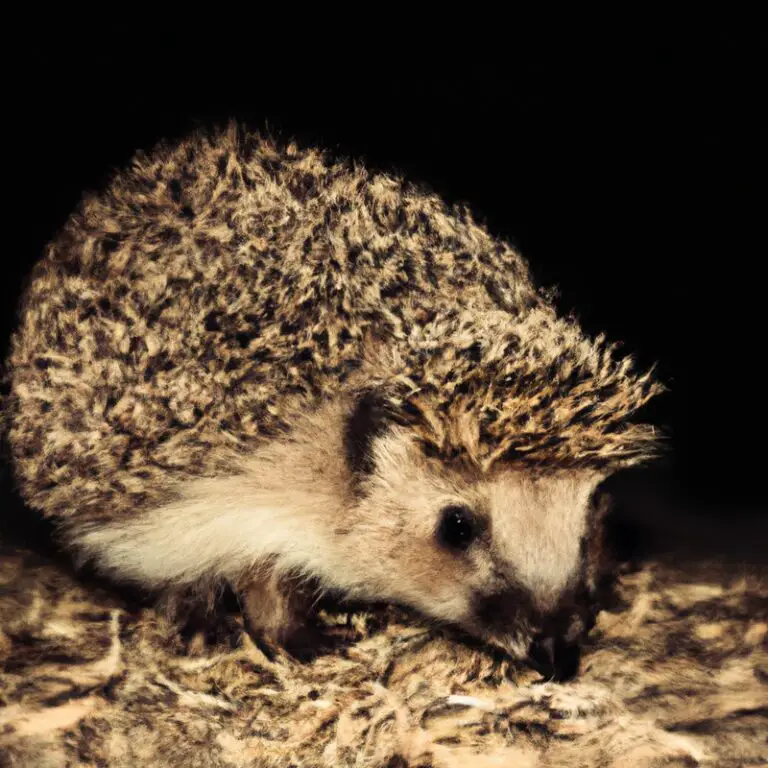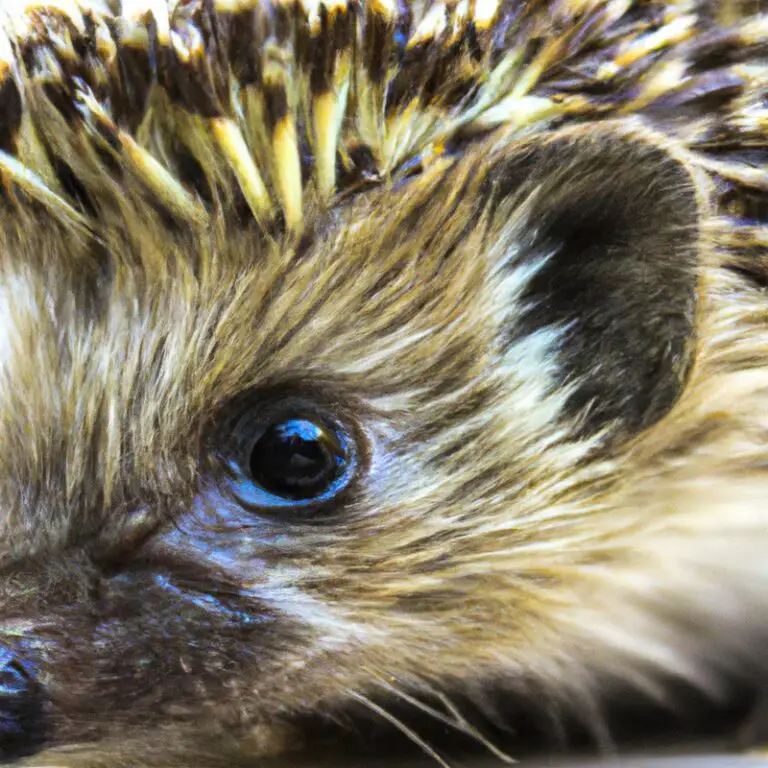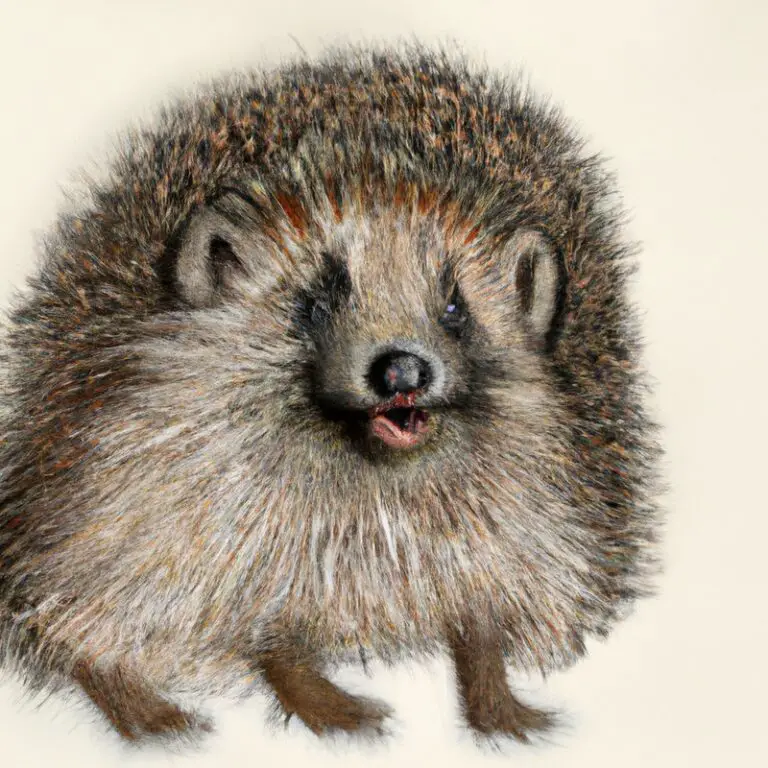How Do Hedgehogs Interact With Other Animals?
Key Takeaways:
- Hedgehogs primarily interact with other animals through territorial behaviors and scent markings.
- Hedgehogs have limited social interactions with other animals and are generally solitary creatures.
- Despite their solitary nature, hedgehogs may occasionally engage in interactions with species such as birds, small mammals, and insects.
- The interactions between hedgehogs and other animals are often influenced by factors such as food availability and mating behaviors.
Are you curious about how hedgehogs interact with other animals?
Picture this: a small, spiky creature surrounded by a diverse range of animal counterparts.
How does it fare in this dynamic realm of social interaction?
Does it get along with other animals, or does it prefer to keep to itself?
These are the questions that often come to mind when considering hedgehogs and their relationship with their furry and feathered peers.
In this article, we will delve into the fascinating world of hedgehog socialization, exploring their ability to coexist with other animals, their friendliness, and how to introduce them to other pets.
We will also cover what to do in case of any conflicts that may arise.
Let’s uncover the wonders of hedgehog interactions!
| Hedgehogs | Interaction with other animals |
| Hedgehogs are solitary animals | They tend to avoid interactions with other animals |
| Hedgehogs may encounter other animals while foraging | Interactions with other animals are usually brief and defensive |
| Predators, such as foxes and birds of prey, may pose a threat to hedgehogs | Hedgehogs may curl into a defensive ball or try to escape from predators |
| Domestic pets, such as cats and dogs, may also come into contact with hedgehogs | Interactions with pets can vary, with some pets being curious or even aggressive towards hedgehogs |
Frequently Asked Questions (FAQs)
Can hedgehogs live with other animals?
Hedgehogs are solitary animals and prefer to live alone.
It is generally not recommended to keep them with other animals, including other hedgehogs.
They can become territorial and aggressive towards other animals, which could lead to injuries or stress for both parties involved.
It’s best to provide a separate living space for your hedgehog to ensure their well-being.
Are hedgehogs friendly towards other animals?
Hedgehogs are generally solitary creatures, so they are not particularly friendly towards other animals. They prefer to live alone and can be quite territorial.
While they may tolerate the presence of some animals, such as other hedgehogs of the opposite sex during mating season, they are not known for actively seeking out social interactions with other species.
It’s important to keep this in mind if you have a hedgehog and are considering introducing it to other animals.

How can I introduce my hedgehog to other animals?
Introducing your hedgehog to other animals can be a gradual process. Start by allowing them to get used to each other’s scents through scent swapping.
Then, you can try supervised introductions in a neutral and controlled environment.
Ensure the safety of all animals involved and watch their reactions closely. Gradually increase the time spent together and closely monitor their interactions.
Always prioritize the well-being and comfort of your hedgehog and the other animals.
Remember, not all hedgehogs will enjoy the company of other animals, so respect their individual preferences.
What should I do if my hedgehog gets into a conflict with another animal?
If your hedgehog finds itself in a conflict with another animal, it’s important to prioritize their safety.
Here’s what you can do:
- Remove the hedgehog from the situation: Try to safely separate your hedgehog from the other animal without causing harm to either. Use gloves or a soft cloth to gently pick up your hedgehog and keep them away from potential danger.
- Assess the situation: Once you’ve removed your hedgehog, examine them for any injuries or signs of distress. If you notice any wounds or if they seem hurt, consider taking them to a veterinarian for a check-up.
- Provide a calm and secure environment: After a conflict, it’s important to create a peaceful space for your hedgehog to recover from the stressful situation. Ensure that their enclosure is secure and comfortable, with plenty of hiding places and familiar scents to help them feel safe.
- Monitor their behavior: Keep a close eye on your hedgehog’s behavior in the following days. Look for any changes in eating, drinking, or activity levels, as these could indicate underlying issues caused by the conflict. If you notice anything concerning, consult a veterinarian.
Remember, the safety and well-being of your hedgehog should always be your top priority.
Final Verdict
Hedgehogs can coexist with certain animals, but careful introductions and monitoring are crucial.
Hedgehogs are generally solitary by nature and may feel threatened in the presence of other animals.
However, with proper socialization and supervision, hedgehogs can form positive relationships with other pets.
It is important to introduce them slowly and provide separate living spaces initially.
If conflicts arise, it is best to separate the animals and seek appropriate guidance.
Remember, every hedgehog is unique and may react differently to different animals.
By following the right procedures and understanding the needs of your hedgehog and other animals, you can create a safe and harmonious environment for all.







